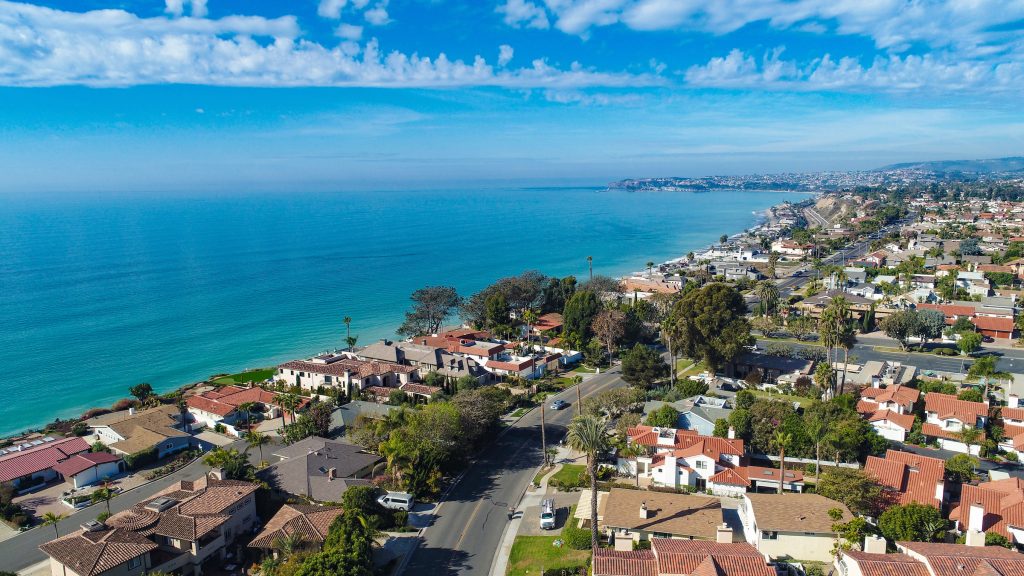Challenging Climate for Homeowners Insurers in California Drives New Solutions

Insurance companies have always had to manage competing risks. Regulatory issues, weather unpredictability, fraud, outdated technology, and changing consumer demands make rating homeowners policies a constantly-evolving challenge.
The increasing complexity of this challenge has even caused some top insurers to stop writing business in states such as California. With coastal exposures, wildfires, droughts, mountains, deserts, cities, and a large, widely-distributed population, California has lots of different risks to consider. But when insurance companies can’t operate in the state while still remaining solvent, it becomes clear that the environment for insurance operations must change.
Recently, industry leaders State Farm and Allstate announced that they would stop writing new business in California for certain lines. For now, existing customers are not affected, but those looking for new coverage will have fewer options.
Allstate paused writing new homeowners, condo, and commercial lines policies, while State Farm has ceased taking new business in all of its personal and commercial lines in the state. Farmers announced that they have capped new homeowners policies effective July 3.
The insurers cited rising costs in their explanations for leaving the state, including increasing reinsurance prices, rising repair costs, inflation, and growing catastrophe risks such as wildfires.
Homeowners in other states are feeling the pressures of unstable insurance markets too, as Colorado, Louisiana, and Florida struggle with marketplace challenges. But California has some unique concerns:
- More than two million California homes are at high or extreme risk of wildfire according to the IBHS
- Some auto insurers have stopped renewing and writing personal auto policies in some parts of the state, in addition to the homeowners insurance crisis
- Reinsurance costs have risen in many regions, including California, but unlike other states, California law prohibits insurers from passing these costs to consumers
- Some industry experts believe that insurance prices have been kept too low in the past, as rates must be approved or denied by the state’s elected insurance commissioner
- The FAIR plan, the state’s backup insurer for those who cannot find coverage on the open market, is stressed by the risk of catastrophic wildfire losses as it takes on more policyholders, and could become overwhelmed
Digital Solutions and Innovative Products Help Homeowners Insurers
Carriers that continue operating in California – and in other stressed markets like Florida, Louisiana, and Colorado – need to optimize workflows and increase efficiency to remain profitable. One way to do this is with technology. Investing in modern policy and claims platforms can reduce costs and cycle times.
Another option for consumers who find it challenging to get sufficient coverage is to use parametric insurance to fill gaps left by traditional policies. Parametric insurance is a popular option in areas prone to catastrophic natural disasters, making places like California a natural fit.
Parametric insurance differs from traditional homeowners coverage, with a pre-set loss value triggered by an agreed-upon parameter. The magnitude of losses suffered by a policyholder doesn’t matter with a parametric policy. The carrier will only issue payment if the parameter is met.
For example, a policyholder may purchase a parametric policy to cover flood damage to their property. The insurer and policyholder will agree in advance on the parameter and terms, and will install a sensor to measure the depth of water at the property. If the water level reaches the sensor, it triggers a notification to the insurer that the parameter was met, and payment is issued.
While parametric policies cannot replace the broad protections of a traditional policy, they can step in and offer immediate funds to a policyholder after a catastrophic event. Policyholders do not even have to make a claim under a parametric policy – it is automated once the trigger is met.
This results in fast, efficient claim payments with little to no effort from the policyholder. And because these policies tend to be digital, electronic payments can reach affected policyholders immediately – even if postal service is interrupted after a natural disaster, or an insured cannot stay at their home.
Insurers Provide Seamless Digital Options With Socotra CorePlus Homeowners
Insurers that offer digital options, including parametric coverage, to their customers can find new ways to be more efficient and effective, even in challenging insurance environments like California. For example, with Socotra’s CorePlus Homeowners solution, underwriting rules and guidelines specific to parametric insurance can be incorporated into the underwriting module, enabling automated decision-making based on trigger conditions and event-related risk assessments. External data sources can be integrated easily through APIs, including weather data providers or market index feeds, or you can choose from additional options on our App MarketPlace for real-time trigger validation and precise payout calculations, and then ultimately determine when a payout should be made using the event stream.Learn more about how Socotra’s CorePlus Homeowners can put parametrics and other digital options to work for your business, improving efficiency and customer engagement while reducing cycle times and expenses – get your personalized demo today.

